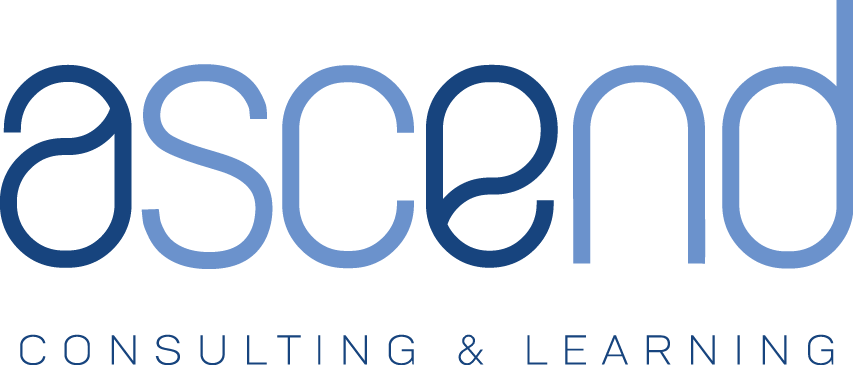Return on equity (ROE) is a measure of how much return a company generates with the money invested by its shareholders. ROE is typically measured by dividing net income by average shareholder’s equity. ROE can be increased in several different ways with different implications for shareholders; therefore, it is an important measure for owners to monitor and understand.
In the 1920’s, DuPont developed an analysis to help explain what drives ROE. DuPont did this by deconstructing ROE into three components or drivers: profit margin, asset turnover, and financial leverage.
ROE = (Profit Margin) x (Asset Turnover) x (Financial Leverage)
(Net Income/Equity) = (Net Income/Revenue) x (Revenue/Assets) x (Assets/Equity)
A company can increase ROE by increasing any of these three components. A company can compare itself to benchmarks or trend over time for valuable insight into what drives its ROE. However, this analysis has been discounted for use in the A/E industry for several reasons:
- The biggest assets of A/E firms are its people who are not captured on the balance sheet so asset turnover has little meaning for most A/E firms.
- Most A/E firms are closely held where profits are distributed to owners and not retained in the business.
While these statements may be partially true, I believe that they are a bit misguided and that the DuPont Analysis can be a useful analysis tool for our industry with a couple of realizations.
- Asset turnover is a measure of how effectively a firm uses its investments. While it is true that the intellectual capital of our people is not captured on the balance sheet, asset turnover is still a meaningful measure. To provide more insight, asset turnover can be further broken down to:
(Revenue/Assets) = (Revenue/Direct Labor) x (Direct Labor/Total Labor) x (Total Labor/Assets)
(Asset Turnover) = [(Direct Labor Multiplier) x (Utilization Rate)] x (Total Labor/Assets)
(Asset Turnover) = (Revenue Factor) x (Total Labor/Assets)
- Firms can increase asset turnover (and ROE) by increasing their revenue factor, or the ratio of total labor to assets. The ratio of total labor to assets can tell a firm how effectively it deploys its labor with its capital investments (the largest of which is accounts receivable).
- Profit is typically measured as operating profit before bonus and taxes for closely held firms so this should be used for this analysis. It could make sense to retain more earnings for companies providing a high ROE.
The following example illustrates how different firms can drive ROE with different implications for shareholders.
| Firm | ROE = | Profit Margin | x Direct Labor Multiplier | x Utilization Rate | x Total Labor/
Assets |
x Financial Leverage |
| Firm A | 47.6% = | 13% | x 3.05 | x 0.60 | x 1.00 | x 2.00 |
| Firm B | 47.6% = | 18% | x 3.23 | x 0.62 | x 1.10 | x 1.20 |
| Firm C | 47.6% = | 10% | x 2.95 | x 0.58 | x 0.90 | x 3.09 |
- Firm A represents a typical firm based on benchmarks.
- Firm B achieves the same ROE but does so through higher margins, higher asset turnover, and lower levels of financial leverage. This would likely be a lower risk company to invest in. It could consider increasing financial leverage in the future to increase its ROE.
- Firm C achieves the same ROE but does so through higher levels of financial leverage to compensate for lower margins and asset turnover presenting a higher level of risk for its shareholders. It could possibly decrease this leverage by increasing asset turnover (by decreasing accounts receivable and debt), increasing margins and increasing retained earnings in the future.
Contrary to conventional wisdom, the DuPont Analysis is a tool that is applicable to our industry and can provide owners of A/E firms with valuable information about how their firm is providing them with a return on their investment.
(Originally published in Professional Services Management Journal, January, 2014)

